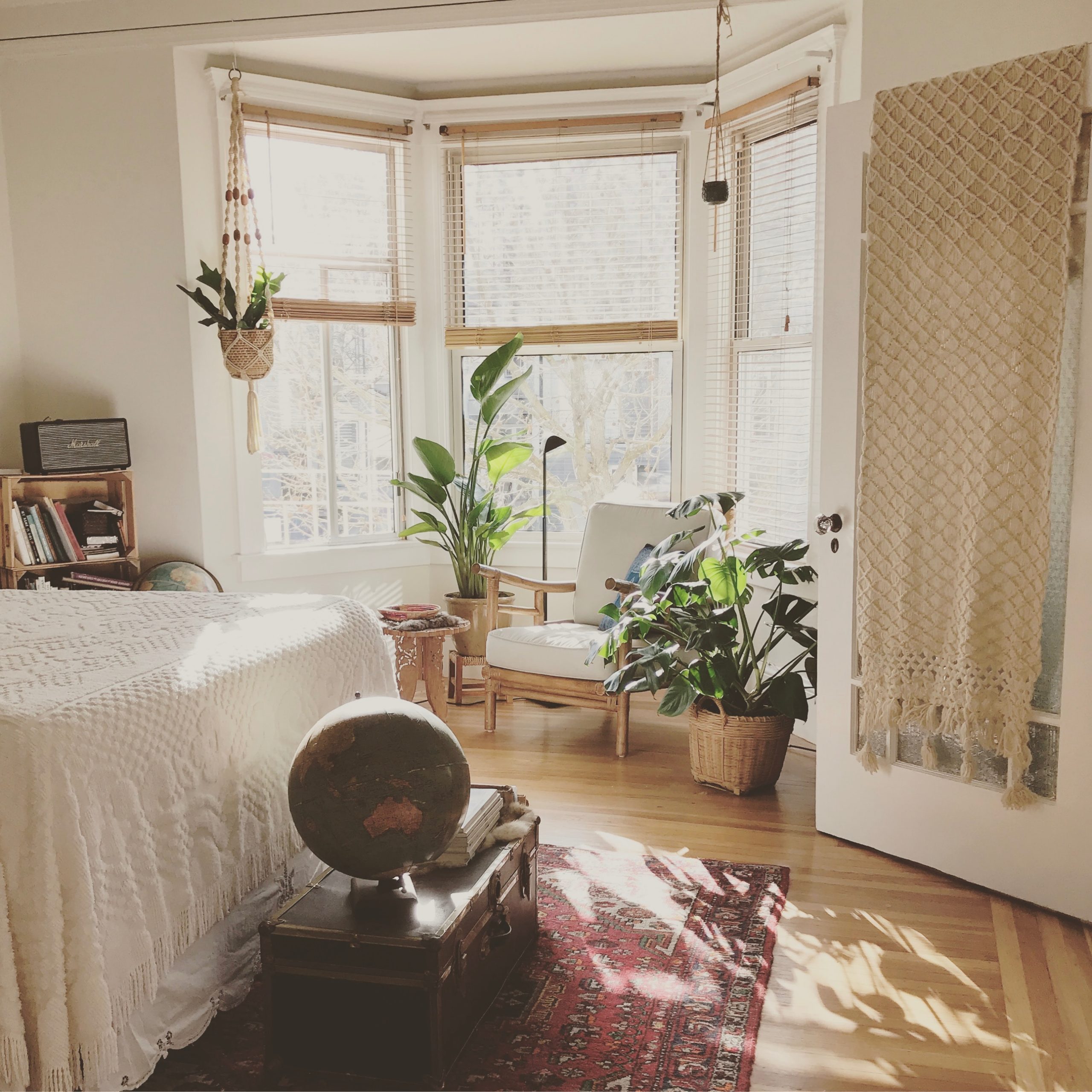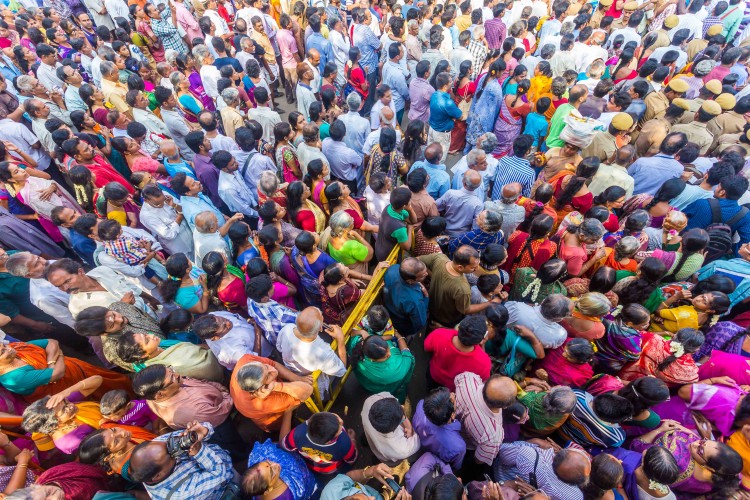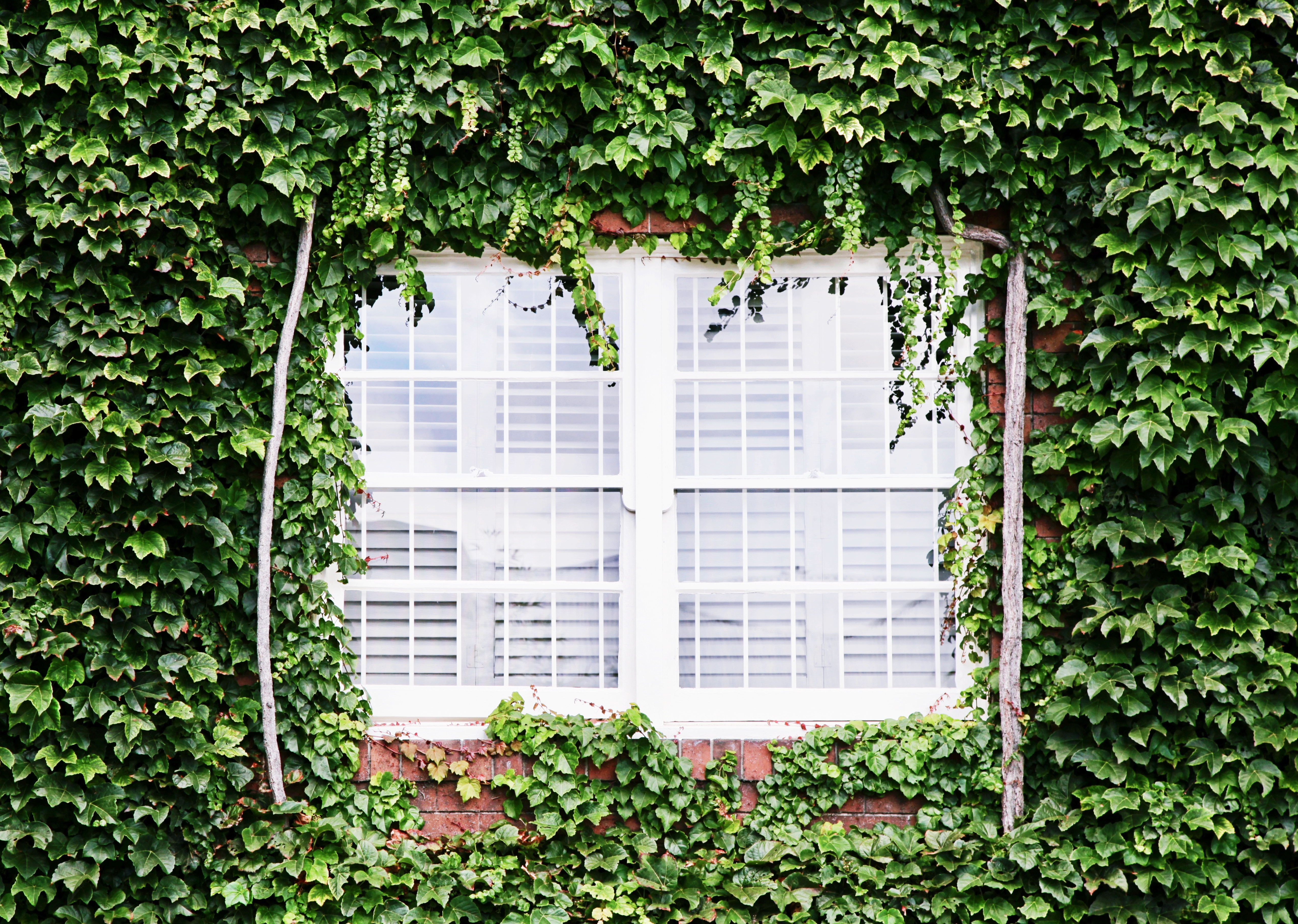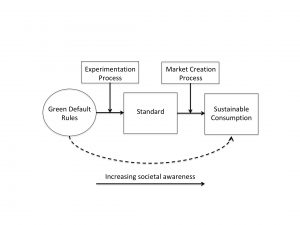By Lara Anne Hale
What do fresh air, canaries, and research all have in common? Academics often humbly conduct and publish research, hoping but not knowing if it had any impact on society (we hope very strongly!). This becomes even more bewildering when it comes to the advent of research impact metrics, such as with the UK’s Research Excellence Framework (REF) (UKRI, 2020). It is a rare and wonderful occasion in which one can not only bear witness to impact but actually physically touch it. As an industrial researcher with CBS and the VELUX Group, I am often moving between theory and practice, but the tale of an innovation process stands out. This impact story is the story of how research became related — albeit several steps removed — to the development of an innovative product, AirBird®, co-created by GXN, the VELUX Group, and Leapcraft. Moreover, it is the story of inspiration in practice, a breath of fresh air in the academic realm.
The academic story starts with a group of nine researchers. The ‘Smart Buildings and Cities’ research group is composed of nine industrial PhDs and postdocs employed in diverse Danish organizations and universities, housed in the BLOXHUB Science Forum and supported by Realdania and the Danish Innovation Fund. Some of us are social scientists engaging with engineering (that would be me), some are architects engaging with computer science, and yet others are engineers conducting social research. I’ve never seen such a mad mess of transdisciplinarity, and it’s beautiful (and also very much guided by our Science Forum coordinator, Pernille Berg).
The innovation process parallels the fourth research case I have been building to better understand and theorize business model innovation for smart technology in the building industry. This case concerns indoor climate data-driven building renovations as a potential business model and involves collaboration among CBS and the VELUX Group (the research), Kokkedal Skole (the building), and Leapcraft (the technology). Fredensborg Kommune has allotted nearly 1 billion DKK (120 million euro) to the improvement of its schools in a program called ‘Fremtidens Folkeskoler’ (Primary Schools of the Future); and it is kicking off the program with an investment of over 35 million DKK (4 million euro) in renovations at Kokkedal Skole. Prior to renovations, we needed to answer the questions: How is the building being used now? What is the indoor climate like? How do teachers and students interact with space? And then we can compare the data post-renovation. This kind of research, as it turns out, is especially timely, given the Danish government’s commitment of 30 billion DKK for sustainable housing renovations.
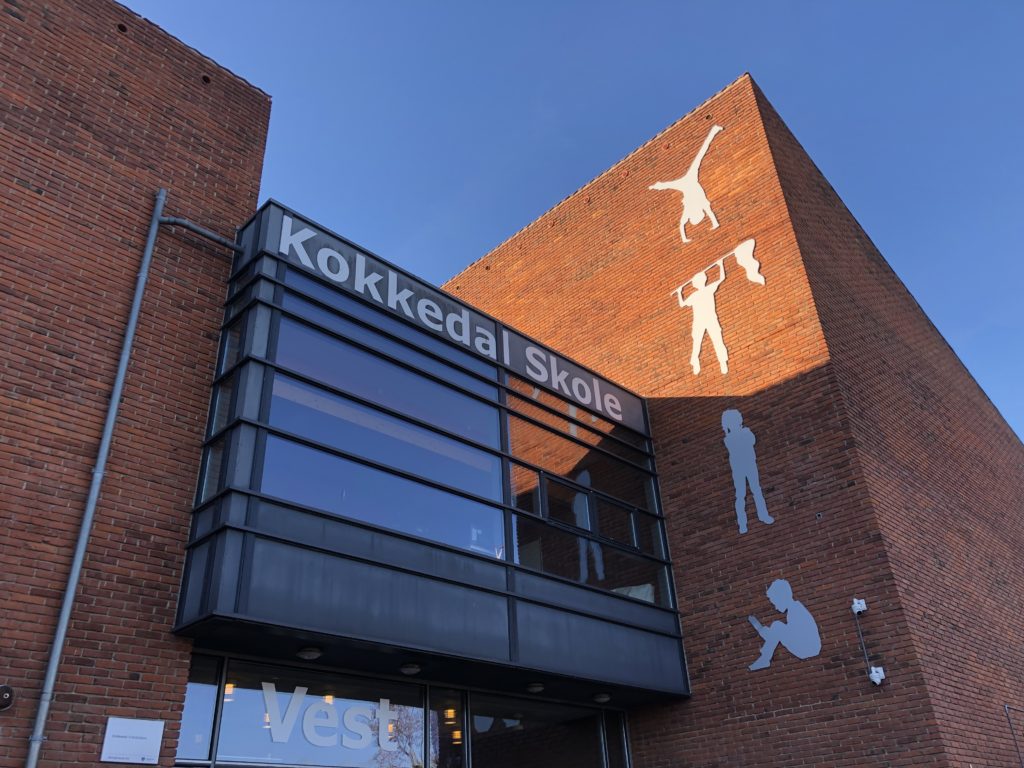
Image by Lara Anne Hale
The Kokkedal Skole project is a fascinating one to discuss with others, given the visionary leadership of their principal Kirsten Birkving and excellent building management of their facilities manager Lars Høgh-Hansen. They have in fact been featured on CNN Business for bringing new technology into the classroom, namely Leapcraft’s AmbiNode sensors and SenseMaking tool, the latter having been developed by VELUX based on the Green Solutions House project. Two of the Science Forum group’s companies, GXN and the VELUX Group, started to take discussions at length about the emerging findings on health in buildings, the invisibility of indoor climate, and the need for a simple alert when the situation is dangerous. They posed the question, is it possible to make an indoor health equivalent of the canary in the coal mine, who would start tweeting to coal miners when in contact with dangerous air?
Early in 2019 these talks came to fruition when Realdania invited applications for seed funding to research group members interested in collaborative innovation. This led to the Smith Innovation-coordinated workshop “The Canary in the Goalmine” with the VELUX Group and GXN working on the goal of defining how the ‘canary’ would look like, and – based on the research at Kokkedal Skole and renovation challenges presented by the Student and Innovation House – how it would function. A year later, I am working with VELUX and Leapcraft to finalize the one-year monitoring report from Kokkedal Skole, and AirBird® is ready to hit the shelves. The concept is simple and beautiful, just like the bird: when the CO2 levels indicate unhealthy air, AirBird sings a bird song to let its users know they should bring in some fresh air; which TV2 Lorry featured at Kokkedal Skole on the 25th of May. The AirBird® has been ideated, designed and developed in co-creation between GXN, VELUX Group and Leapcraft.
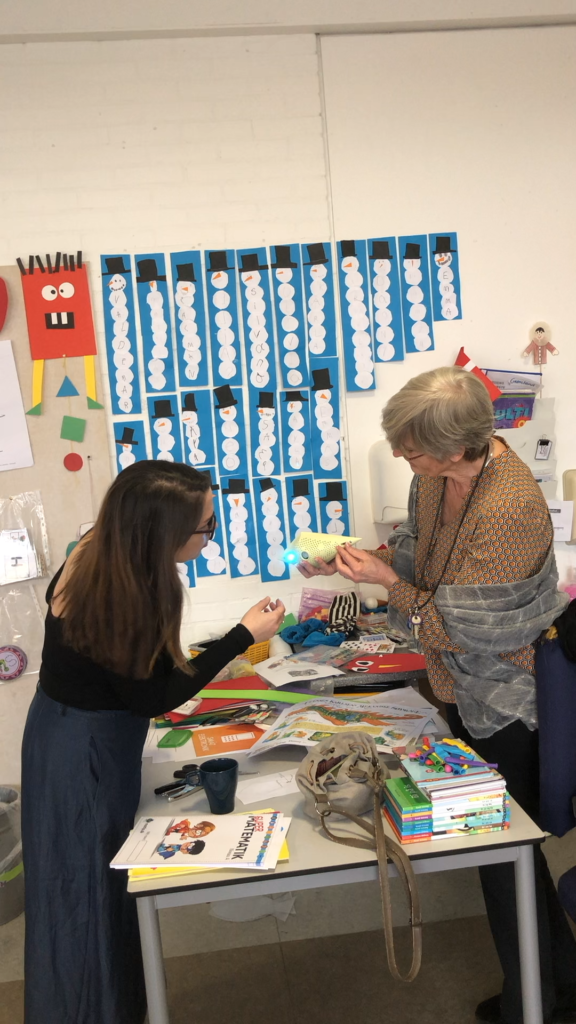
Image by Lara Anne Hale
Although the development of AirBird® does not tell the story of sustainability dynamics within innovation ecosystems (Oskam et al., 2020), nor the story of smart technology-facilitated business models for health and well being (Laya et al., 2018) – two examples of academic work that resonate with my research – it does challenge the idea that business model innovation precedes product innovation. Nudging tools like AirBird® may stimulate awareness and behavioural changes that anticipate business opportunities for a healthy indoor climate. Further, serendipitous product innovations may serve as artifacts embodying value negotiation, the foundations of business model innovation.
But ultimately, the AirBird® story is attractive because it presents impact that is tangible. And whereas the physical product is the most tangible of all, this innovation has had other impacts as well: collaborative innovation experience among the organizations involved; encouragement within the Science Forum of the value of transdisciplinary research; and the need to face directly the tensions between the academic and practice worlds. For my part, it’s uncomfortably different from the impact implied in academic publications and absolutely refreshing — something fresh air, canaries, and research should all have in common.
References
Laya, A., Markendahl, J., & Lundberg, S. (2018). Network-centric business models for health, social care and wellbeing solutions in the internet of things. Scandinavian Journal of Management, 34(2), 103–116.
Oskam, I., Bossink, B., & de Man, A.-P. (2020). Valuing Value in Innovation Ecosystems: How Cross-Sector Actors Overcome Tensions in Collaborative Sustainable Business Model Development. Business & Society, 000765032090714.
Rafaeli, Anat, & Pratt, Michael G. (2006). Artifacts and Organizations: Beyond Mere Symbolism. Mahwah: Lawrence Erlbaum Associates Inc,US.
UKRI (2020). REF Impact. Accessed 29 May 2020 from: https://re.ukri.org/research/ref-impact/
About the author
Lara Anne Hale – Ph.D., M.Sc., Assistant Professor, Industrial Postdoc Fellow with CBS and VELUX. Lara conducts transdisciplinary research on sustainability in the built environment, including aspects of digital transformations, circularity, user-centered design, and systems thinking. Her current project focuses on business model innovation for smart buildings in the BLOXHUB Science Forum ‘Smart Buildings & Cities’ research group, supported by the Danish Innovation Fund and Realdania.
Photo by Kinga Cichewicz on Unsplash

